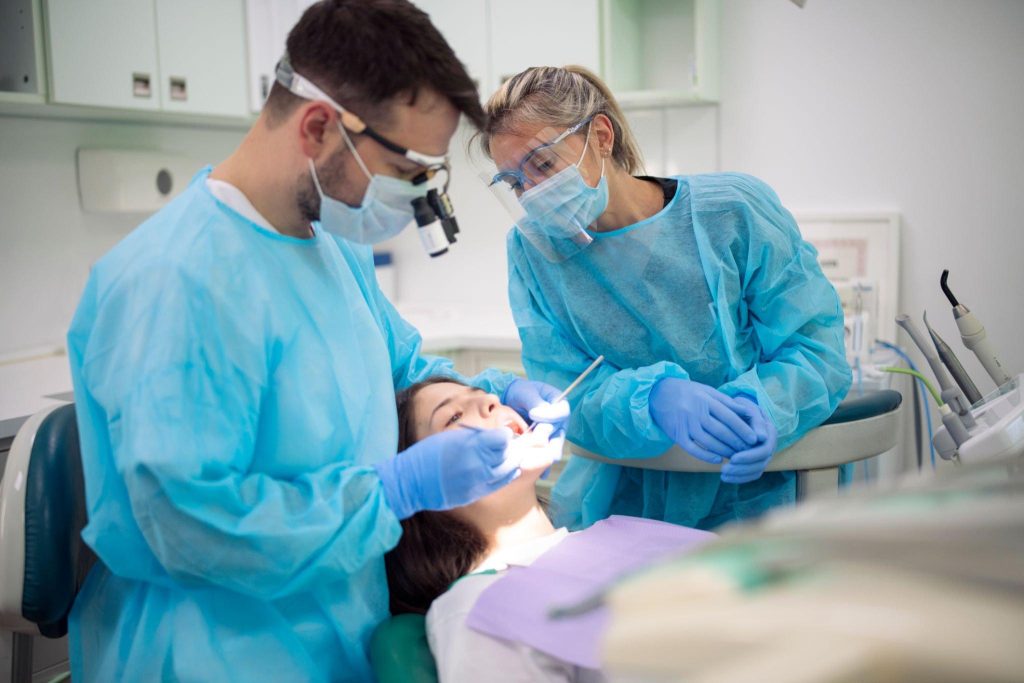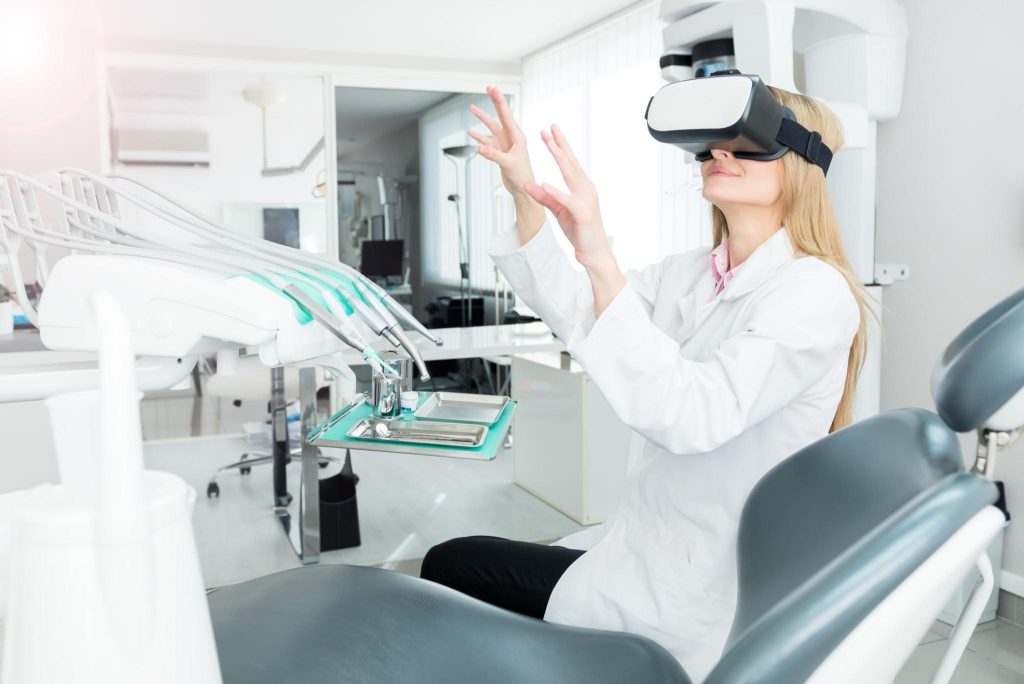Dentistry has continually evolved with the adoption of new technologies, shaping the way dental care is provided. Today, inspired by the study of Parashos & Messer (2006) and updated with recent data, we’ll cover and examine how the diffusion of innovations like rotary nickel-titanium technology, digital impression systems, and CAD/CAM has been influenced by perceived benefits, psychosocial factors, and quality dental school teaching.

The Shift in Dental Technology Since 2006
Embracing New Innovations
The landscape of dental technology has significantly transformed since 2006, with the adoption of advanced tools and techniques enhancing the efficiency and effectiveness of dental treatments.
Key Developments:
- Rotary Nickel-Titanium Technology: Revolutionizing endodontics with improved safety and efficiency.
- Digital Impression Systems: Enhancing accuracy and patient comfort in restorative dentistry (Joseph R Grennberg, 2019).

Factors Influencing the Adoption of New Technologies
Beyond Perceived Benefits
The adoption of new dental technologies is influenced by various factors, including the perceived benefits, psychosocial aspects, and the role of dental education.
Influencing Factors:
- Perceived Advantages: Evaluating the efficiency, effectiveness, and patient outcomes of new technologies.
- Psychosocial Impact: Understanding the influence of practitioner and patient attitudes towards new technologies (D. Matthews et al., 2016).
The Role of Dental Education in Technology Adoption
Preparing Future Dentists
Quality dental education is critical in equipping future dentists with the skills and knowledge to effectively utilize emerging technologies in their practice.
Educational Aspects:
- Curriculum Development: Integrating modern technologies and methods into dental school curricula.
- Hands-on Training: Providing students with practical experience using new technologies (Sheri A Brownstein et al., 2015).

Impact of Innovations on Clinical Practice
Transforming Patient Care
The adoption of new technologies in dental practices has significantly impacted the quality of patient care, making treatments more efficient and less invasive.
Clinical Benefits:
- Improved Treatment Outcomes: Enhanced precision and predictability in various dental procedures.
- Patient Comfort and Satisfaction: Reduced chair time and increased comfort during dental treatments.

Challenges and Future Directions
Navigating the Technological Landscape
Despite the benefits, challenges such as cost, training requirements, and resistance to change can impact the adoption of new technologies in dentistry.
Future Trends:
- Integration of AI and Machine Learning: Utilizing AI for improved diagnostics and personalized treatment planning.
- Advancements in Materials and Techniques: Ongoing development of biocompatible materials and minimally invasive techniques.
Conclusion
The diffusion of innovation in dentistry has significantly evolved since 2006, with technological advancements playing a key role in enhancing patient care and clinical outcomes. As the field continues to advance, embracing these innovations will be crucial for dental practices aiming to provide the highest quality of care.
In Los Algodones, “Los Algodones Dentists Guide” is at the forefront of adopting these cutting-edge technologies. Renowned for their commitment to innovation, they offer state-of-the-art dental services, ensuring that patients receive the best care possible. To explore their advanced dental solutions, visit Los Algodones Dentist.
